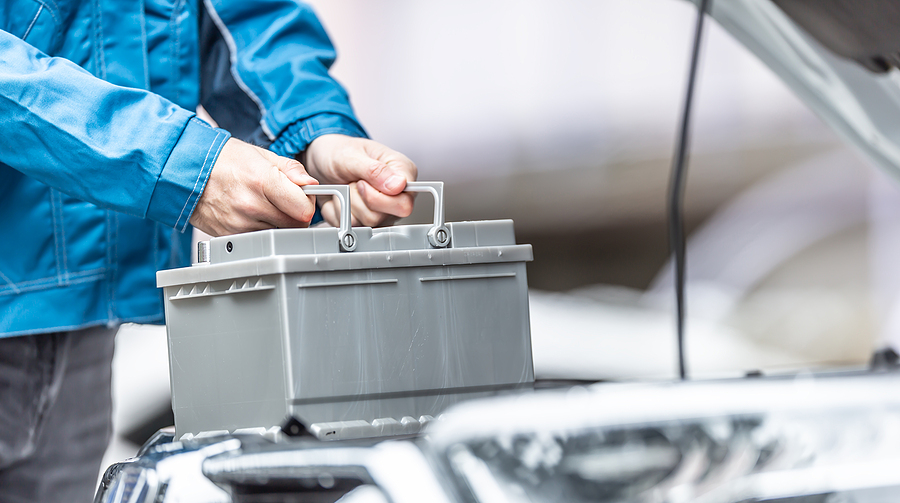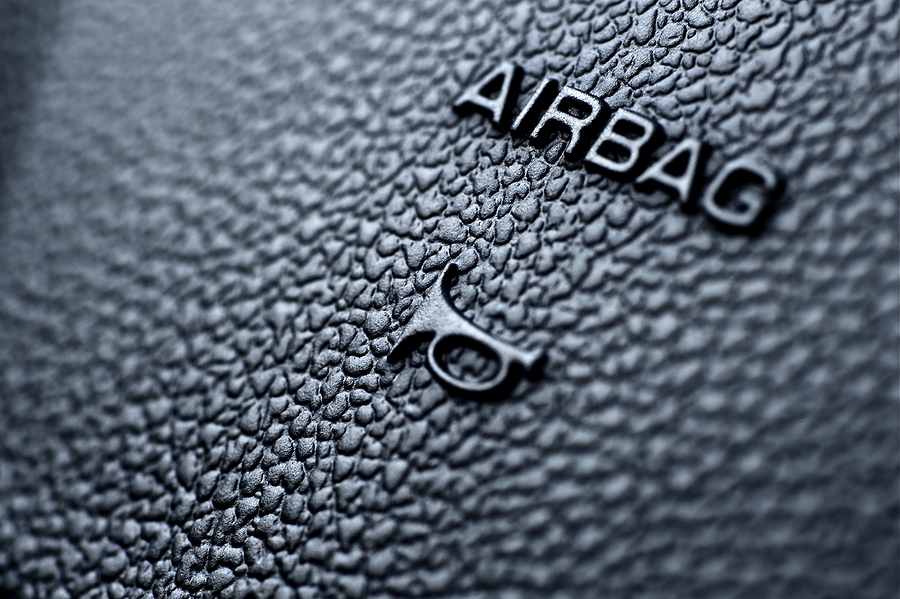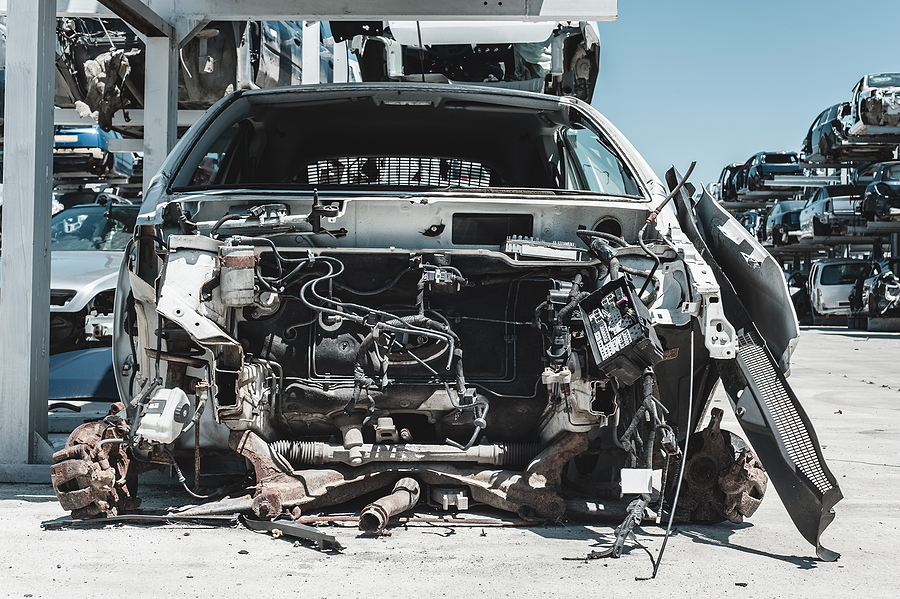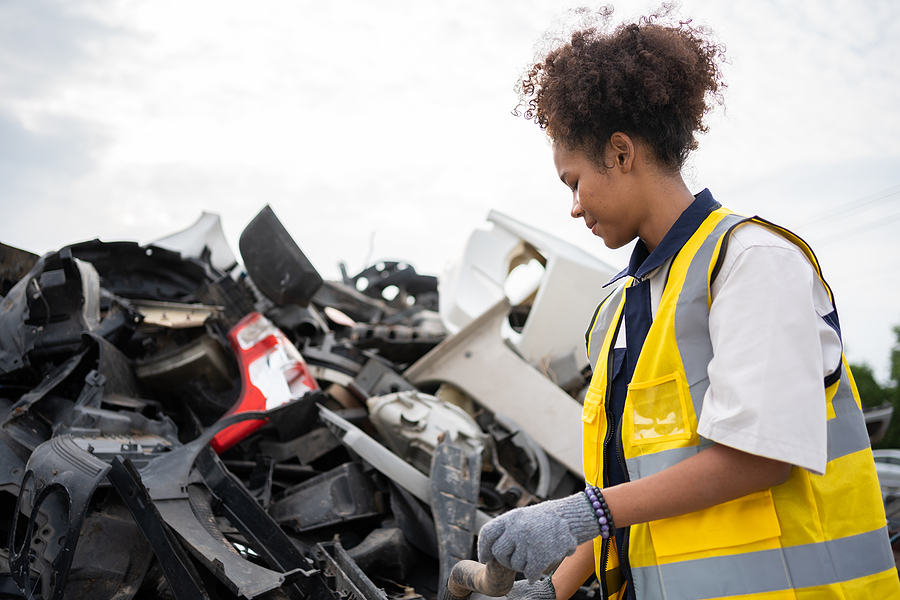Recycling isn’t just about tossing paper or plastic into a bin at home; it extends to bigger, more resource-heavy items too, like auto parts. Every year, millions of vehicles are retired, leaving behind a wealth of materials that could be recycled rather than wasted. The automotive recycling industry is massive, contributing over $25 billion annually to the U.S. economy (Institute of Scrap Recycling Industries, 2023). But beyond economics, recycling car parts offers significant environmental and social benefits.
If you’ve been wondering what happens to vehicle parts after their time on the road and how you can contribute to a more sustainable future, this guide will walk you through everything you need to know.

Why Recycling Auto Parts Matters
Recycling isn’t just a “nice-to-have” practice anymore; it’s a critical step toward sustainability. Here’s why recycling automotive parts matters so much:
Reduces Landfill Waste and Pollution
Cars are made of materials like steel, aluminum, rubber, plastics, and even toxic substances like lead-acid (in vehicular batteries). Without proper recycling, these components inevitably end up in landfills, where they pollute our air, water, and soil. Recycling prevents unnecessary waste and helps minimize harmful environmental impacts.
- Did you know? Recycling steel car parts reduces air pollution by 86% and water pollution by 76% compared to producing new steel (Steel Recycling Institute).
A Cost-Effective Alternative
Automotive repairs aren’t cheap—but recycled vehicle parts can help lower costs significantly. For many drivers and vehicle owners, opting for high-quality recycled auto parts is a way to maintain their vehicles affordably without sacrificing safety or functionality.
Conserves Critical Resources
Recycling auto parts reduces the need for extracting new raw materials, thereby conserving natural resources like iron ore and petroleum. For instance, the energy saved from recycling just one ton of steel is enough to power 18 million homes for a year.
The Benefits of Recycling Automotive Parts
Still on the fence? Here’s why you should consider recycling automotive parts whenever possible:
Environmental Protection
Recycling car parts helps prevent harmful substances like lead, mercury, and motor oil from leaking into soil and waterways, protecting ecosystems and reducing pollution. By choosing to recycle, you’re contributing to a healthier planet and supporting sustainable practices in the automotive industry.
Economic Impact
With approximately 12 million retired vehicles recycled annually in the U.S., the automotive recycling industry not only helps conserve resources but also supports thousands of jobs nationwide. It plays a key role in strengthening the secondhand car parts market, making affordable parts available to consumers and businesses.
Waste Reduction
Did you know that about 40% of the ferrous metal scrap supply in the U.S. comes from junk car recycling? Instead of letting usable materials end up in landfills, recycling ensures metals, plastics, and other materials are recovered and given a second life, reducing unnecessary waste and conserving natural resources.
Recycling car parts isn’t just good for the planet—it’s good for the economy and helps minimize waste. Make a difference by choosing to recycle whenever you can!
In Ohio? See How Much Your Parts are Worth!
Common Car Parts You Can Recycle
Looking to get started? Here’s a list of auto parts frequently accepted at local recycling centers or scrap yards:
- Car Batteries – Car batteries contain lead and acid, which are toxic if improperly discarded. Recycling one battery can prevent 17 pounds of lead from polluting the environment.
- Tires – Recycled tires can be repurposed into playground surfaces, road materials, or other rubber products.
- Catalytic Converters – These are highly valuable due to their precious metals, including platinum and rhodium. Not only can you recycle catalytic converters, but scrap dealers will often pay for them.
- Engine and Transmission Components – Many steel or aluminum parts from engines and transmissions can be melted down and reused in manufacturing.
- Steel and Aluminum Body Frames – One of the most commonly recycled materials, steel accounts for nearly 50% of all vehicle weight and is easily repurposed (World Steel Association, 2023).
Local Recycling Guidelines and Limitations
While many materials can be recycled, some restrictions exist. Here are a few key considerations to keep in mind when recycling car parts:
- Fluid Disposal – Before recycling, ensure your vehicle fluids (like oil, coolant, and brake fluid) are removed and disposed of according to local hazardous waste regulations.
- Battery Recycling – Lead-acid batteries must be taken to authorized collection sites. Retailers that sell new batteries often accept old ones for recycling.
- Tires – Tire recycling programs vary by location. Some may charge a small fee, while others offer periodic free collection events.
- Catalytic Converters – Due to their high value, recycling catalytic converters often requires following specific legal guidelines to ensure they aren’t stolen components, including proof of ownership.
- Special Handling for Hazardous Parts – Mercury switches and asbestos (e.g., from brake pads) require certified disposal.
Always contact your local recycling center or environmental agency to verify regulations specific to your area.
FAQs About Recycling Auto Parts
What types of auto parts can be recycled?
Many parts, including tires, batteries, catalytic converters, metals, and even some plastics, can be recycled.
How does recycling car parts benefit the environment?
It conserves resources, reduces the need for raw material extraction, and lowers pollution associated with manufacturing new automotive components.
Can I earn money from recycling auto parts?
Yes! Scrap yards often pay for valuable metal parts or high-demand items like catalytic converters.
What should I do with parts that can’t be recycled?
Non-recyclable parts, especially those containing hazardous materials like Freon or asbestos, should be taken to designated waste collection sites.
Can I recycle automotive parts myself?
While you can remove and repurpose some parts yourself, professional recycling centers are better equipped to handle hazardous components safely.
Small Steps for Big Change
Recycling auto parts isn’t just about decluttering your garage; it’s an actionable way to reduce your environmental footprint, conserve critical resources, and even save money. By understanding what can and cannot be recycled and partnering with trusted recycling centers, you’re making a difference—not just for yourself, but for the planet.
Whether you’re getting rid of old car parts or planning your next repair, make recycling a priority. Together, we can reduce waste and create a more sustainable future.
To get started, connect with GC’s Junk Cars in Cincinnati and take the first step toward greener car ownership today. We pay cash on the spot for all used and broken automotive parts. Plus, we tow away scrap cars for free! Get a free offer for your scrap today!
Related Post: The Ultimate Guide to Airbag Recycling






